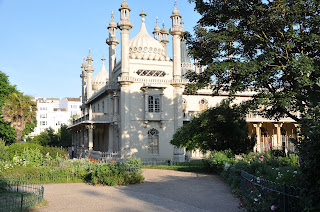
Sad news this week, some first hand, some second hand. This regards the steady decline of the commercial craft industry, particularly pottery, that started some decades ago in Stoke and now extends to small private enterprises and even worse - education.
Why have I titled this blog entry "The Real Digital"? I will explain.
Apparently, and I have it on good authority not just from students and their friends but also from tutors who have long feared this day, courses in ceramics in colleges and universities are closing down (with the excuse that it saves money, probably), and the departments being stripped of kilns, wheels, shelves and equipment and filled up with yet more Macs. The microchip is replacing all other art media, it seems. Certainly as far as attracting students there is nothing that is going to get bums on seats and fees in the bursary than computer courses that give youngsters and mature students (false?) hope of a job at the end of 3 years accumulating debts. But at what cost to society? Soon the only "digits" we'll be able to use will be 0's and 1's and not our own fabulously evolved five fingers. In an age when young adults cant even wire a plug, surely there is a need to maintain and improve manual dexterity and imagination that enables the human being to form something in real four dimensions (3D and time), consideratley, patiently and skilfully.
I will be sad to see Camberwell's renowned Ceramics department wound down, and my local ceramic painting shop closed down.
One day we will realise the folly of being stuck behind keyboards in sterile air-conditioned offices, and how demeaning and damaging it is. I hope the day of realisation dawns before we completely lose track of what it is to be intelligent self-sufficient beings...
.jpg)



.JPG)









